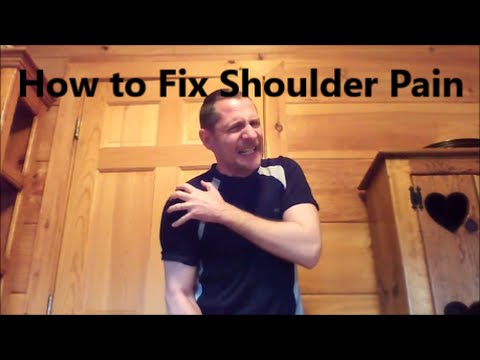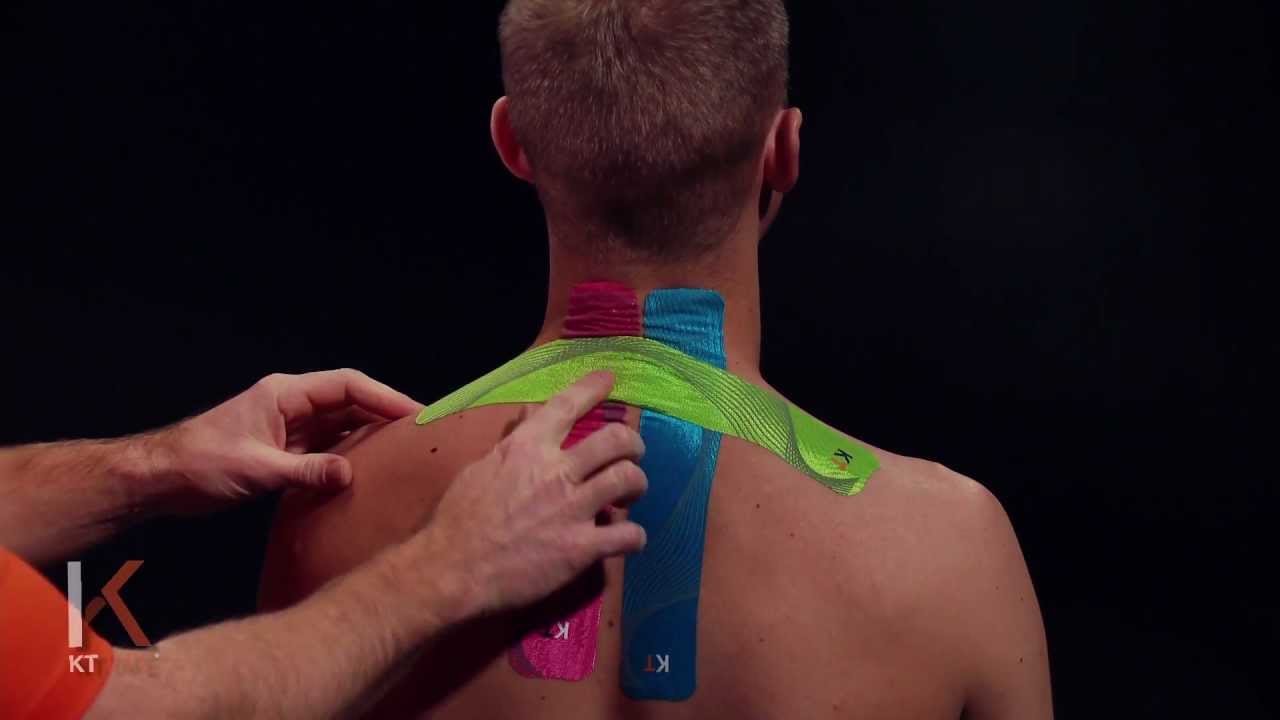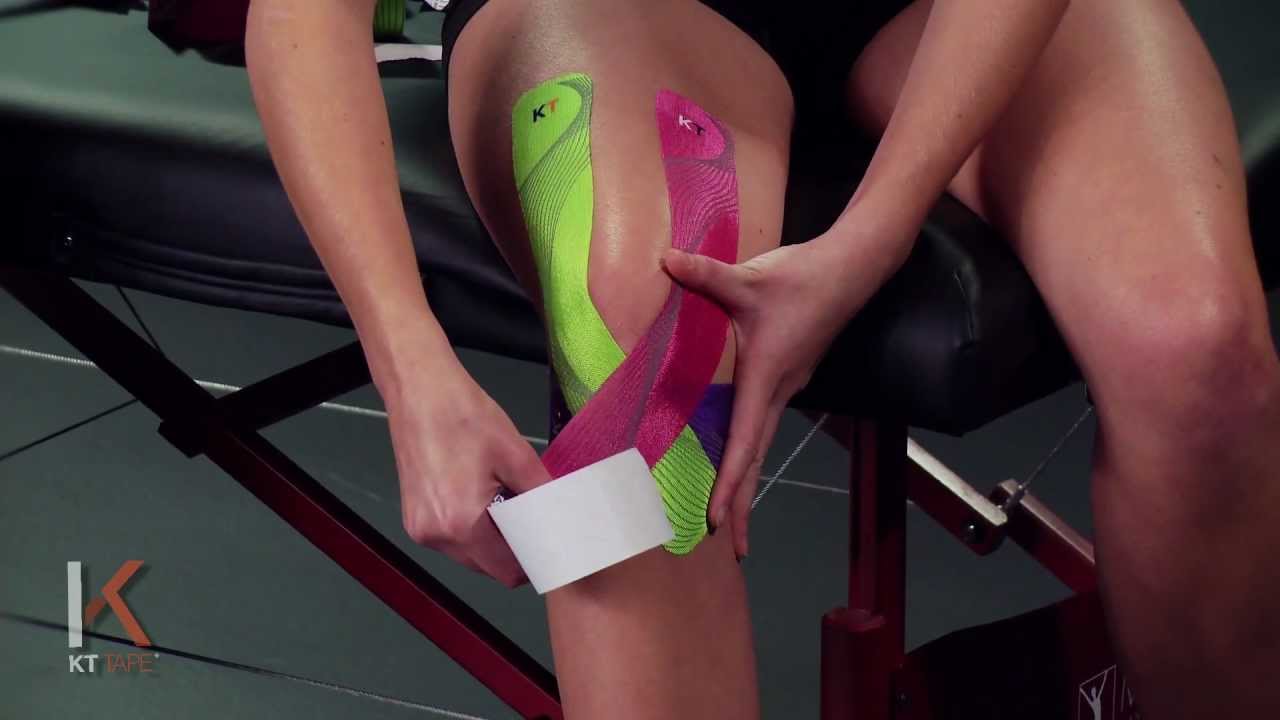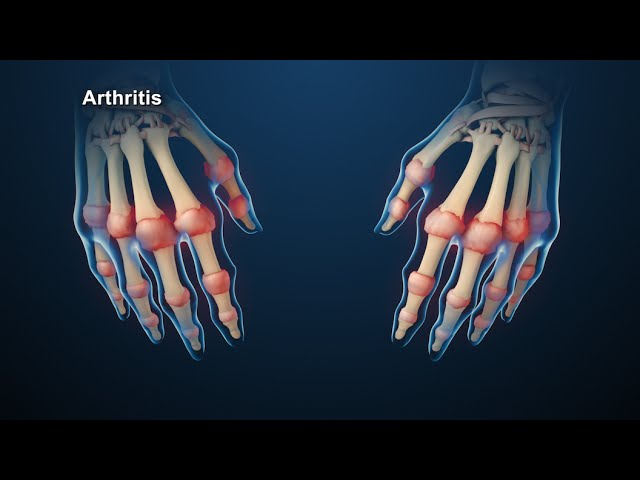Everyone be advised, this video shows how to treat the cause of your shoulder pain, not the symptoms (inflammation). That will only go away after the shoulder opens up a bit. Takes a few months so don't get discouraged. Sometimes it gets worse before it gets better.
ONE YEAR UPDATE:
1. I am 95% better.
2. I am now down to one round of every stretch and exercise once a day.
3. Will probably need to do that for life.
4. Took one week off of therapy and noticed I shouldn't have..
5. If you are starting this, you will probably get worse before you get better. These stretches can aggravate the inflammation. I noticed more range of motion in one month, but it was four months before the pain started really subsiding.
Buy hand dyed silk scarves from Sowing Acorns!
https://www.etsy.com/people/patriciamullis1
A complete guide of the home therapy required to treat and heal a painful shoulder due to impingement related bursitis and tendonitis. How to heal your shoulder and how to fix your shoulder. Fit himself suffered terribly from an inflamed shoulder for 6 months. At the very first signs of pain, he began resting his shoulder, modifying his workout, and applying ice every day. Unfortunately things got worse. He finally went to a doctor who gave a cortisone shot and a series of rotator cuff exercises. Unfortunatly, things continued to deteriorate. Eventually, Fit was in constant pain and lost almost all motion of his shoulder. Finally, Fit visited a physical therapist who specialized in Sports Injuries. Initially worried that is was a rotator cuff tear, Fit was told he had an impinged shoulder which was causing inflammation of his bursa and tendons also known as bursitis and tendonitis. The gap in between his shoulder bone and arm bone had narrowed and was rubbing on his tendons and bursa. This video is the treatment prescribed to Fit to help restructure his shoulder and open the gap between the bones. The treatment consisted of performing three different stretches (shoulder stretch, chest stretch, and a cross arm stretch) These stretches were do be done for 30 seconds and 4 rounds. This was to be repeated 4-5 times a day. Also, strengthening exercises were prescribed to help the back muscle pull the shoulders back to their normal position. These exercises were to be done for 2 rounds of 20 reps twice daily. They consisted of straight arm press and variations of back flies. 6 months later, Fit has regained almost full range of motion This video is not intended as a resource for how to fix shoulder tears or other major shoulder injury. It is to address pain from tendonitis and bursitis due to shoulder impingement or impinged shoulder.
fitmart.weebly.com
http://lstirling.weebly.com/



